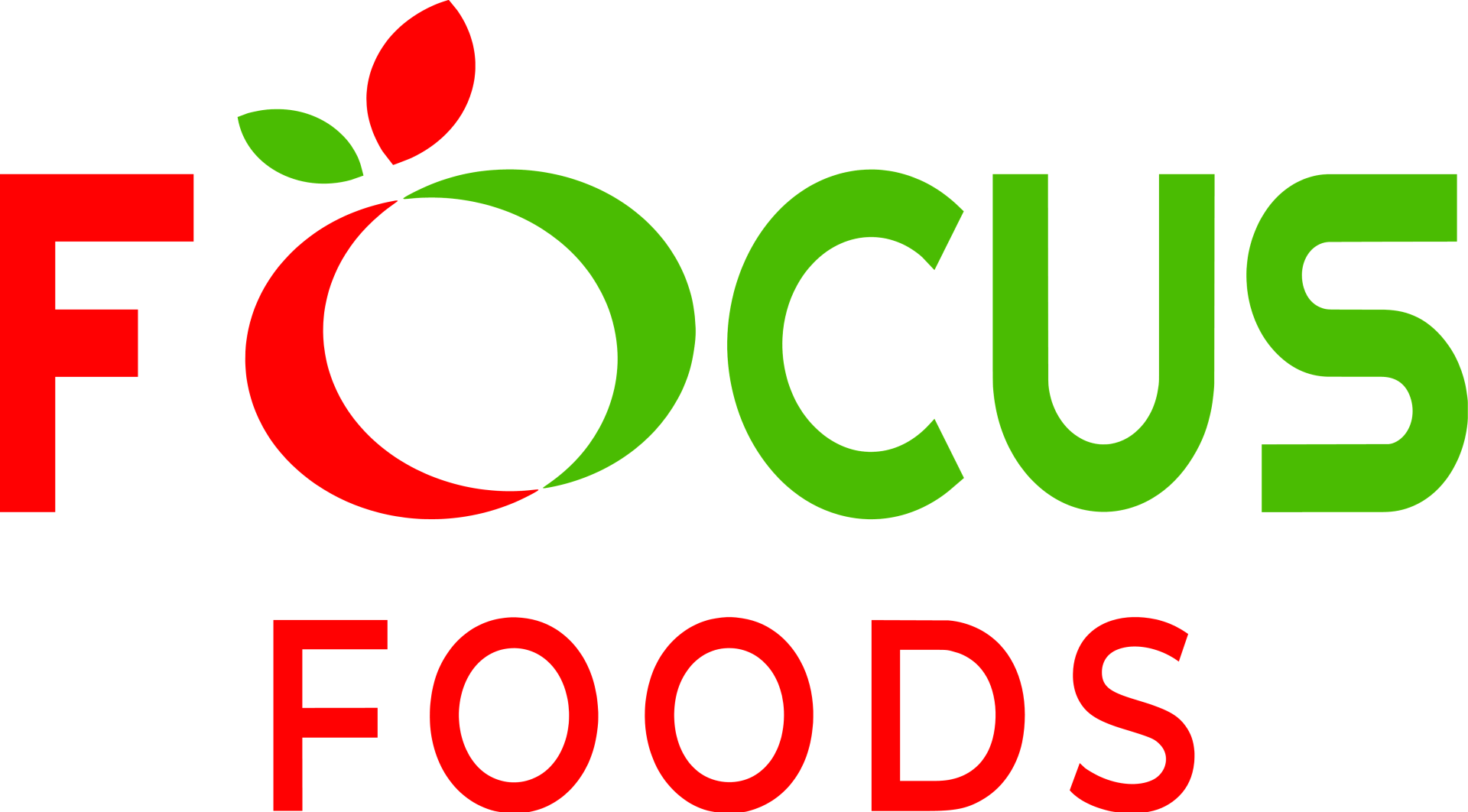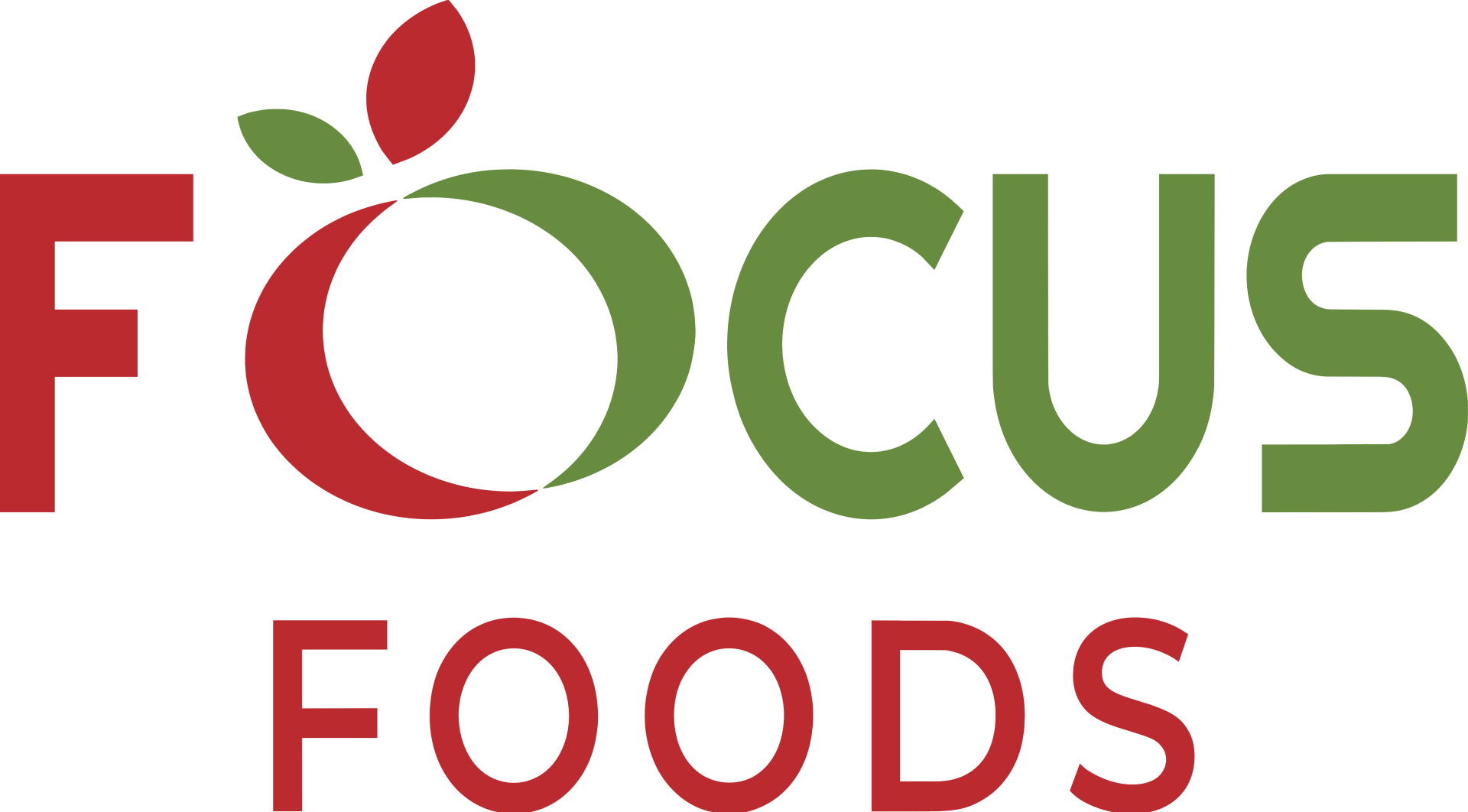GLOSSARY OF INDUSTRY TERMS
-
A - H
Child & Adult Care Food Program (CACFP) - The Child & Adult Care Food Program pays for nutritious meals and snacks for eligible children and elderly or disabled adults who are enrolled at participating care centers, family child care homes, afterschool programs, Head Start programs, adult care centers and homeless shelters.
Co-Packing - Co-packing refers to a line of business in the food industry where an entity with a food item contracts with a food manufacturer/production facility to produce the product in bulk. In some cases, the co-packing partner may provide sales, marketing and distribution as well.
Commodity Food Service Program (CFSP) - The Commodity Supplemental Food Program (CSFP) works to improve the health of low-income persons at least 60 years of age by supplementing their diets with nutritious USDA Foods. Children who were certified and receiving CSFP benefits as of February 6, 2014, can continue to receive assistance until they are no longer eligible under the program rules in effect on February 6, 2014.
Food Service Management Company (FSMC) - Food service management companies are frequently referred to by the acronym “FSMCs.” FSMC's bid on the right to administer the food and meal needs of an organization under a contract.
Heat-n-Eat Meals - Heat-n-Eat meals refer to a type of meal format that requires heating of some kind in order to consume the meal. This can range from a packaged frozen meal to a packaged refridgerated meal.
-
I - P
National School Lunch Program (NSLP) - The NSLP was created in 1946 as part of the National School Lunch Act. The program is designed to assist children from low-income families (as well as other individuals) obtain low-cost or no-cost meals in public and private schools, as well as various “residential care” institutions for young people.
Older American Act (OAA) - The OAA Nutrition Program offers home-delivered meals as well as congregate nutrition services at sites
like senior centers – which provide more mobile seniors the opportunity to socially connect. The OAA Nutrition Program is a successful public-private partnership and receives the
largest portion of federal funding appropriated for programs through the OAA.
-
Q - Z
School Breakfast Program (SBP) - The School Breakfast Program (SBP) is a federally assisted meal program operating in public and non-profit private schools and residential child care institutions. The SBP started in 1966 as a pilot project, and was made a permanent entitlement program by Congress in 1975.
School Food Authority (SFA) - A “school food authority” is defined by the National School Lunch Program as “the governing body which is responsible for the administration of one or more schools; and has the legal authority to operate the Program therein or be otherwise approved by Food Nutrition Service to operate the Program.
Shelf-stable - Shelf-stable is a term for food or meal components that have a 'shelf-life' for a sustained period of time. Usually shelf-stable food/meals are stable from 4 weeks up to 12 months depending on the types of food provided.
Summer Feeding Service Program (SFSP) - The U.S. Department of Agriculture’s (USDA) Summer Food Service Program (SFSP), also known as the Summer Meals Program, provides kids and teens in low-income areas free meals when school is out. There are a number of ways that local organizations can be a part of the Summer Meals Program.
USDA FNS - USDA’s Food and Nutrition Service (FNS) works to end hunger and promote nutrition through the administration of 15 federal nutrition assistance programs including WIC, the Supplemental Nutrition Assistance Program (SNAP), and school meals. In partnership with State and Tribal governments, FNS’ programs serve one in four Americans during the course of a typical year. Working with our public, private, and non-profit partners, our mission is to increase food security and reduce hunger by providing children and low-income people access to food, a healthful diet, and nutrition education in a way that supports American agriculture and inspires public confidence.

